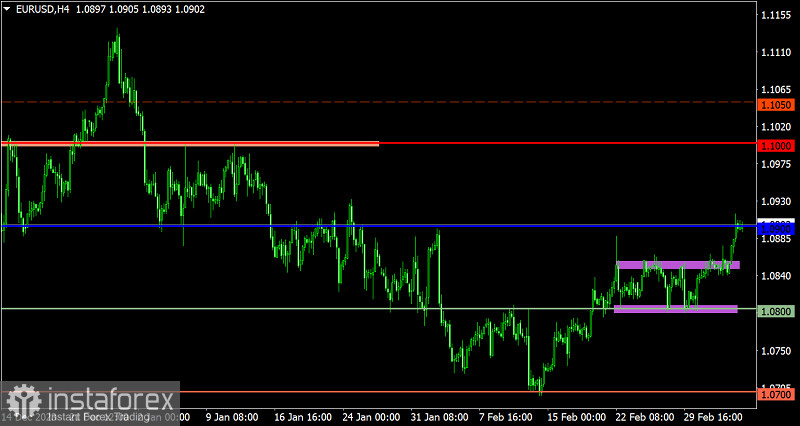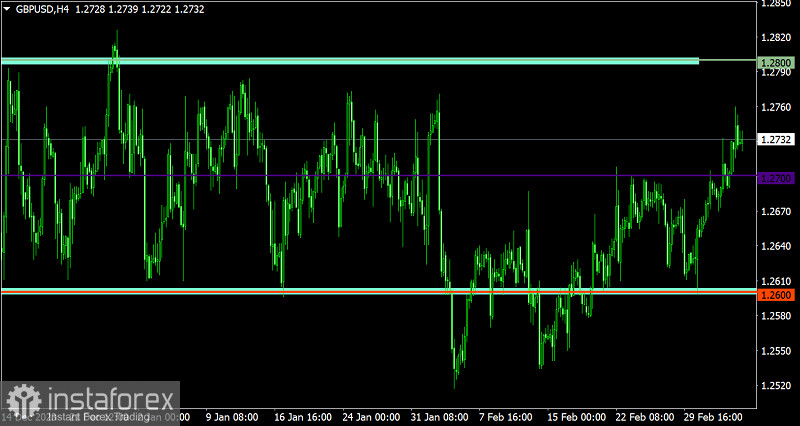The almost two-week stagnation in euro and pound ended despite the extremely weak retail sales data in the eurozone. According to reports, the pace of decline accelerated from -0.5% to -1.0%, instead of slowing down to -0.3%. Consumer activity also continued to dip.
Growth occurred because of the employment data in the US and the meeting of the European Central Bank. The former, albeit weak, exceeded expectations. It increased by 140,000, significantly more than the expected 90,000. However, to maintain stability, employment should grow by 250,000 per month. The best result for the last seven months should be December's, when the index rose by nearly 150,000. Considering this, the labor market situation in the US does not seem too optimistic, so dollar lost its positions despite weak data from Europe.
As for the ECB meeting, interest rates will remain unchanged. However, Christine Lagarde will hold a press conference, and she will likely outline an approximate timing for the start of monetary policy easing. The first reduction may take place in about a month and a half. Such a decision will weaken risk appetite, so by the end of the trading day, euro may return to the range it traded in for almost two weeks until yesterday.

EUR/USD not only completed the formation of the horizontal range of 1.0800/1.0850, but also managed to strengthen long positions and break the resistance level of 1.0900. As a result, the upward trend extended, but due to the upcoming ECB meeting, a shift in trading interests could occur.

GBP/USD surged and broke the level of 1.2700. It reached 1.2760, where the volume of long positions partially decreased. Given that the area of 1.2770/1.2800 repeatedly played the role of resistance, a slowdown in the upward trend may occur.





















